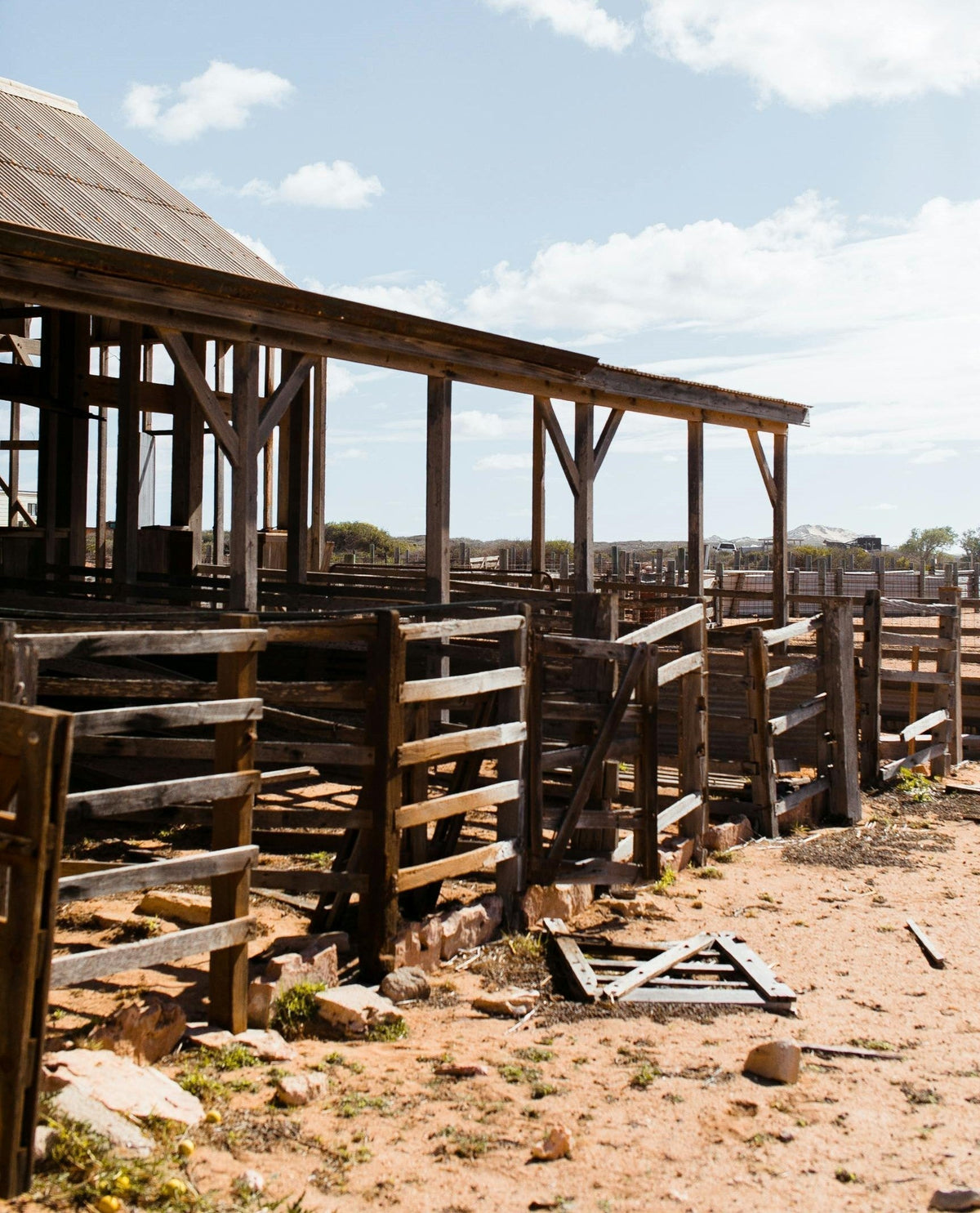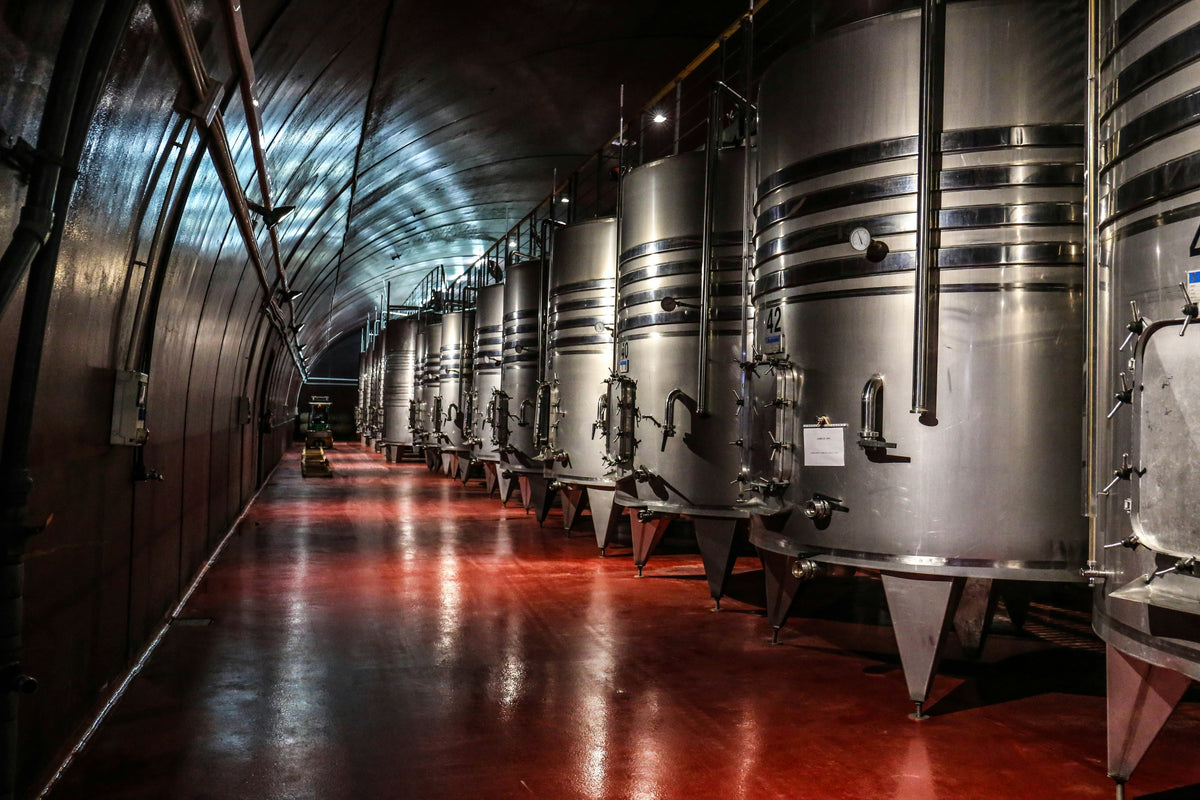Antarctica, Earth’s most remote wilderness, offers travellers more than icebergs and penguins - it delivers powerful lessons in resilience, patience, and perspective. Facing freezing winds and unpredictable conditions builds mental toughness, while constant changes teach flexibility and the ability to embrace uncertainty. The slow rhythm of the continent encourages mindfulness, helping visitors appreciate stillness and detail in daily life. Standing amidst endless ice shifts priorities, reminding us what truly matters beyond deadlines and bills. Overcoming the physical and emotional challenges of this extreme destination boosts confidence that lasts long after the journey ends. An Antarctic adventure is not only an unforgettable experience but also a natural training ground for sustainable living and inner growth.
Share your articles with us and get published! Reach out at hello@friendlyturtle.com.
How to Build a Sustainable Eco-Friendly Shed from Scratch

By building your shed from start to finish, you can create a fully sustainable and eco-friendly shed that satisfies your needs. With proper design, green materials, and energy-efficient methods, you can have a shed that suits your lifestyle and the planet. In this article, I provide an overview of how to plan and build an eco-friendly shed from start to finish.
Why Build an Eco-Friendly Shed?
Traditional shed designs utilize construction techniques and materials too commonly associated with a detrimental impact on the environment, worsening issues of deforestation, pollution, and energy waste. An eco-friendly shed would directly:
- Minimize your carbon footprint
- Make use of renewable or recycled materials
- Support greater energy efficiency
- Integrate with your natural landscape
- Decrease your long-term maintenance & operating costs
In fact many homeowners will even investigate the option of detached garage kits with eco-friendly materials for larger and sustainable options if they require more space. By selecting green building methods for larger structures you can still ensure that everything in your outdoor space is environmentally friendly.
Step 1: Planning the Design
A sustainable shed begins with an effective design before you pick up any tools!
Choose the Right Size
Only build the space you need. Smaller sheds will necessarily use fewer resources and be easier to heat, cool, and maintain.
Site Selection
Choose a location that offers good potential to use solar rays and has natural shade to reduce heat in the summer, etc. Don’t destroy native plants and habitat, build on already cleared ground to maintain biodiversity.
Passive Design Features
Integrate passive heating and cooling:
- Position windows and vents for cross-breezes
- Orient doors and windows to maximize natural light
- Use overhangs or green roofs for shade and rainwater control
Step 2: Selecting Sustainable Materials
The core of any green shed is what it’s made of:
Eco-Friendly Lumber
Opt for sustainably harvested, FSC-certified wood or reclaimed timber. Bamboo is also a renewable choice for sheds due to its rapid regrowth and durability.
Recycled Materials
Use recycled steel for framing or fasteners, as well as salvaged windows, doors, and insulation materials from architectural salvage yards.
Natural Insulation
- Choose eco-friendly insulation such as:
- Sheep’s wool
- Recycled denim
- Cellulose (recycled newspaper)
These options are biodegradable, non-toxic, and provide excellent thermal performance.
Low-VOC and Non-Toxic Finishes
Paints, stains, and adhesives should be low in volatile organic compounds (VOCs) to safeguard your indoor air quality and reduce pollution.
Step 3: Building a Sustainable Foundation
Concrete is associated with high CO₂ emissions and therefore, to lessen your impact:
- For smaller sheds, you may want to consider gravel pads, screw piles, either or both of which typically use less material than concrete pad.
- For bigger sheds, endeavour to use concrete substitutes which are limecrete or recycled aggregate mixes.
Good site grading and drainage will help with moisture issues and prolong the lifespan of your shed.
Step 4: Constructing the Shed
Frame and Structure
- Follow plans which limit waste by using everything in the most reasonable way. Remember to use a durable fastener and connector that will not rust (preferably recycled steel).
Walls and Roof
- Provide eco-friendly insulation where you can provide an insulation void in the wall stud and roof.
- When the time comes to cover your shed walls with siding, remember to use un-treated wood OR wood that has naturally good moisture resistance like cedar. You may use recycled steel panels for your shed siding.
- Consider using a living green roof - planted with succulents, sedum or other hearty vegetation to insulate your shed, absorb rainwater, and provide habitat for local pollinators.
Windows and Doors
- Ideal if you can salvage them from an old building, but you can also buy new, better triple-glazed, energy-efficient windows.
- Seal off your window and door frame from drafts with weather-stripping.
Step 5: Smart Ventilation, Lighting, and Power
Natural Light
- Maximize the use of daylight with skylights, polycarbonate panels, or large, south-facing windows.
Renewable Energy
- Install solar panels or solar-powered lighting systems to meet your electricity needs for lighting and small tools.
- Consider installing LED fixtures for highest efficiency.
Rainwater Collection
- Install gutters and direct the run off to a rain barrel for irrigating nearby plants or even washing your tools.
Step 6: Eco-Conscious Finishing Touches
Your shed should also reflect your commitment to sustainability:
- Use upcycled wood or reclaimed furniture pieces for ceiling storage or as seating.
- Include some potted plants that will not only serve to improve visual interest but be a natural air filter as well.
- Use interior décor that contains biodegradable fabrics and uses ethically sourced materials.

Step 7: Ongoing Maintenance the Eco Way
If you want to keep your shed sustainable, then the maintenance will also be environmentally responsible:
- Use natural oils, or biodegradable cleaners for maintenance
- Refill insulation, reseal gaps using environmentally-safe products
- Repair rather than replace - Repairing things reduces waste
- Compost organic debris from your projects or gardening activities
Benefits of Key Sustainable Features
So what are your efforts worth?
- FSC Wood: Fosters responsible forest stewardship
- Recycled Materials: Reduces landfill waste and use of virgin material
- Green Living Roof: Insulates, absorbs rainwater, and provides biodiversity
- Solar Panels: Reduces reliance on non-renewable energy
- Rain Harvesting: Reduces use of municipal water
-
Natural Insulation: Enhances indoor air quality and saves energy
Final Thoughts
It is rewarding to create a sustainable and environmentally friendly shed that is good for you and good for the planet. Every choice you make, from foundation to finish, makes a difference, so choose renewable resource, conscious design, and materials that are locally Mildew aspects/impacts. Your shed will be a storage greater space shed, a workshop or a retreat for relaxing, and the more sustainable you make your space, the longer it will continue to serve you and the planet.
0 comments
Let customers speak for us
Blog posts
Mindful gift giving is about more than price tags or surprises – it’s about creating genuine connections. Research shows recipients value thoughtful, practical gifts they can use, rather than extravagant gestures. The psychology of gifting reveals that giving activates our brain’s reward pathways, strengthening bonds through reciprocity and care. By focusing on three key principles – making the recipient feel seen, offering something they wouldn’t buy for themselves, and introducing them to something new – your gifts become more meaningful and memorable. Personalisation through shared memories, careful listening, and ethical, sustainable choices adds even more impact. Avoiding common mistakes, such as panic buying or choosing based on your own taste, ensures your gifts bring lasting joy. When approached mindfully, every present reflects care for both people and the planet.
Eco flooring may not be the first thing you think of when it comes to greener breweries, but it plays a major role in reducing waste and emissions. Unlike traditional flooring, sustainable options such as recycled aggregates, bamboo, or bio-based resins use less energy in production and installation while improving indoor air quality. They last longer, need fewer repairs, and boost energy efficiency with natural thermal insulation, keeping breweries warmer in winter and cooler in summer. Slip-resistant surfaces also make workplaces safer, reducing accidents and unnecessary product waste. Many eco flooring designs cut water waste by resisting cracks and bacteria growth, making cleaning easier with fewer harsh chemicals. By choosing eco flooring, breweries not only lower their environmental impact but also set a powerful example for employees, customers, and the wider community.



